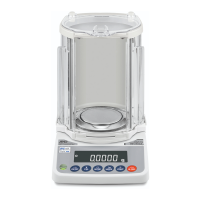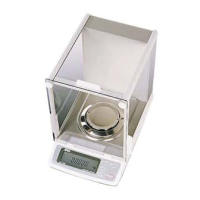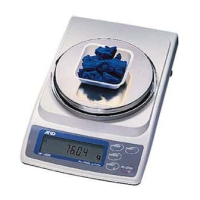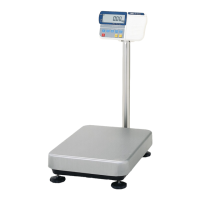What does 'Communications error' mean on A&D Scales, and how to fix it?
- JJaclyn SnyderSep 4, 2025
A 'Communications error' on your A&D Scales indicates a protocol error occurred in communications. To resolve this, confirm the format, baud rate, and parity.






